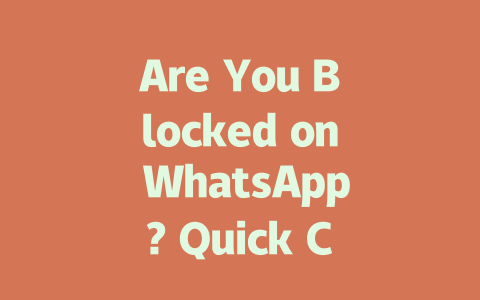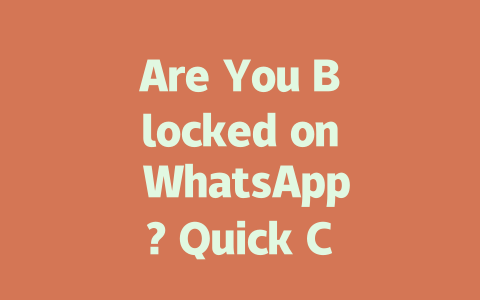Why Keywords Matter More Than You Think
First off, let me tell you why keywords are such a big deal. When people search for something on Google, they’re using specific words or phrases—those are keywords. Your job is to figure out which ones your audience is typing into the search bar and make sure those terms are naturally woven into your content. But it’s not just about stuffing as many keywords as possible; there’s a better way.
Understanding What Google Likes
Google’s robots look at your title first—they use it to judge whether your content matches what someone is searching for. For example, if someone types “how to cook pasta,” and your article is titled “10 Pasta Dishes You Haven’t Tried Yet,” you might lose out because the keywords don’t align well enough. Instead, try thinking about the exact questions your readers might ask. Last time I optimized a post, I switched from “Top Travel Tips” to “How to Pack Lightly for a Two-Week Trip,” and guess what? Clicks skyrocketed!
Tips for Selecting the Right Keywords
And here’s another trick: sometimes long-tail keywords perform better than short ones. Long-tail keywords are more detailed phrases that reflect exactly what users are searching for. For instance, instead of aiming for “weight loss,” target something like “best exercises for losing weight at home.” This approach narrows down your competition while increasing relevance.
Now, onto writing the actual content…
Crafting Content That Google Loves
So, once you’ve got your keywords figured out, how do you turn them into engaging content? Let’s dive in.
Structuring Your Content Properly
The structure of your content plays a huge role in how readable—and therefore how rankable—it is. Start strong with an introduction that clearly states what problem you’ll solve for the reader. Then break things down step by step.
Here’s an example from my experience: In a recent article about remote work tools, I began by asking, “Are you tired of juggling multiple apps to stay organized?” Right away, I connected with anyone who feels overwhelmed managing productivity software. Afterward, I divided the rest of the piece into sections:
Each section included actionable tips, real-life examples, and even some humor to keep people engaged. Remember, keeping paragraphs manageable (around four to five sentences each) helps readability too.
Incorporating Keywords Naturally
When placing keywords in your text, resist the urge to overdo it. Aim for natural mentions rather than forced repetitions. As a guideline, think along these lines: if you’re working on a 1,500-word article, aim to mention your primary keyword between three and five times. Any more, and it starts feeling spammy both to humans and Google bots.
For example, if your main keyword is “DIY bookshelf,” don’t write, “Make a DIY bookshelf that will impress all your friends with your DIY bookshelf skills!” Instead, spread out references throughout the article like so:
Lastly, always review your final draft. A great tool for catching errors is Google Search Console (use links if referencing tools). Not only does it highlight potential issues, but it also shows how visitors found your site.
Let me know how applying these strategies goes for you! Maybe share which adjustments gave you the biggest boost?
If you suspect someone has blocked you on WhatsApp, there are a few clear indicators to watch out for. First, try accessing their profile. If their profile photo, status, or last seen information is no longer visible, that’s a strong sign they’ve blocked you. Another giveaway is how your messages behave—blocked users won’t see the double checkmarks that confirm message delivery and reading. Instead, your messages might get stuck with just one checkmark. It’s also worth noting that even if you can still send messages, they essentially go into a void since the recipient won’t receive them.
Blocking works consistently across all versions of WhatsApp, whether it’s the mobile app or WhatsApp Web. Once you’re blocked, the effects apply universally—you won’t be able to interact with the person in any way through the platform. Some users wonder if they can unblock themselves after being blocked, but unfortunately, that’s not possible. Only the person who initiated the block can undo it. If privacy settings confuse you, remember that some features like “last seen” visibility depend entirely on the user’s preferences. For example, someone might choose to hide their “last seen” status from everyone except specific contacts, which could explain why you can’t see it anymore even if you aren’t blocked. Being muted for 5-12 weeks is an entirely different matter—it merely stops notifications without affecting visibility or interaction capabilities.
# Frequently Asked Questions (FAQ)
# How can I check if someone blocked me on WhatsApp?
Look for signs like being unable to view their profile photo, last seen status, or message timestamps. Additionally, your messages will show only one checkmark instead of two.
# Does blocking work differently on WhatsApp Web compared to the app?
No, blocking functions the same across all platforms, including the mobile app and WhatsApp Web. If you’re blocked, it applies universally.
# Can I unblock myself if someone has blocked me on WhatsApp?
No, only the person who blocked you can remove the block. There’s no way to unblock yourself once blocked by another user.
# Why can’t I see a contact’s “last seen” even though they haven’t blocked me?
This could happen due to their privacy settings. Users can choose to hide their “last seen” from everyone except selected contacts.
# Is there a difference between being blocked and muted for 5-12 weeks on WhatsApp?
Yes, being muted for 5-12 weeks simply disables notifications temporarily, while being blocked prevents you from seeing their profile details or sending messages successfully.




